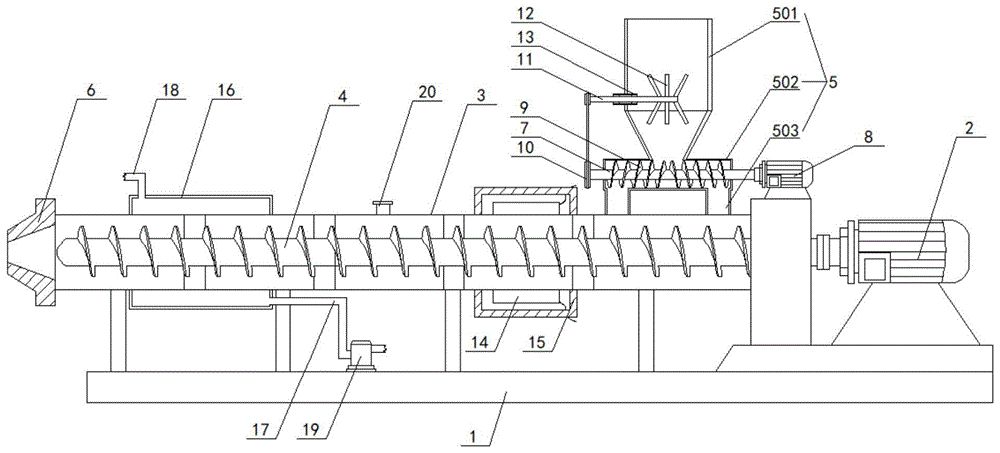This time, the dean will share with you the third factor for nylon toughening—the determination of the production process. For nylon toughening modification, it usually uses twin-screw blending modification. Of course, the twin-screw blending modification involves the twin-screw extruder, so how do we know and understand the twin-screw extruder.

Twin Screw Extruder Torque Ratings
Generally speaking, the higher the torque rating, the better the modification.
Because the torque level reflects the output torque of the two screws, when the output torque of the two screws is relatively large, the amount of material passing through the unit time will be more, which means that we are under the same shear conditions Under the circumstances, the more material passing through per unit time, the lower the parallel shear rate it will be subjected to.
In the case of achieving the same plasticizing effect, its performance will be less damaged, so under the same situation, the toughened material in the nylon produced will have better final performance.
Aspect ratio of twin-screw extruder
As for the aspect ratio, I think that the aspect ratio suitable for nylon toughening can be 40:1, 44:1, or 48:1. In fact, you don’t need to pay too much attention to its aspect ratio. Properly above 40:1, it is enough for us to arrange our screw combination.
When the aspect ratio is relatively long, its residence time is relatively long, but we can also make its shearing more dispersed through an adjustment of the screw combination, which is actually more conducive to the final improvement of nylon toughening. sexual effect.











